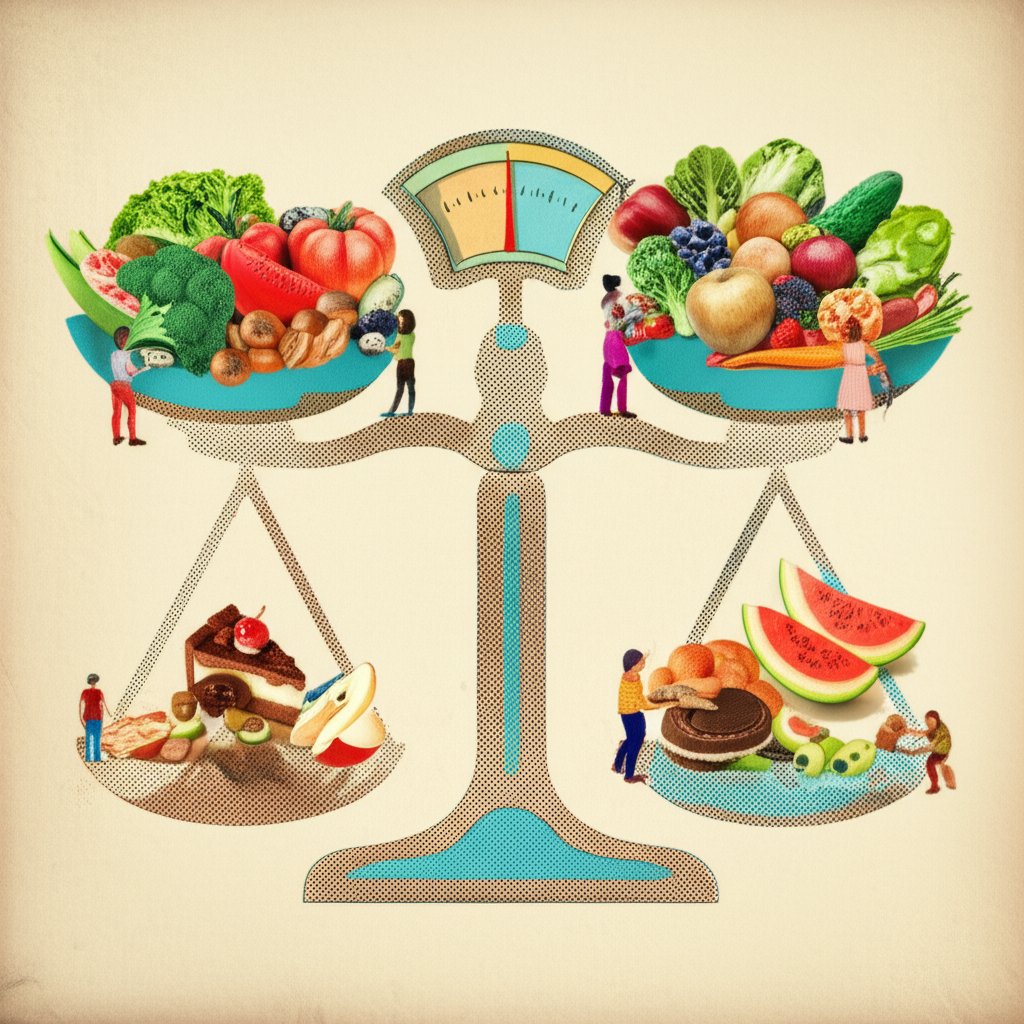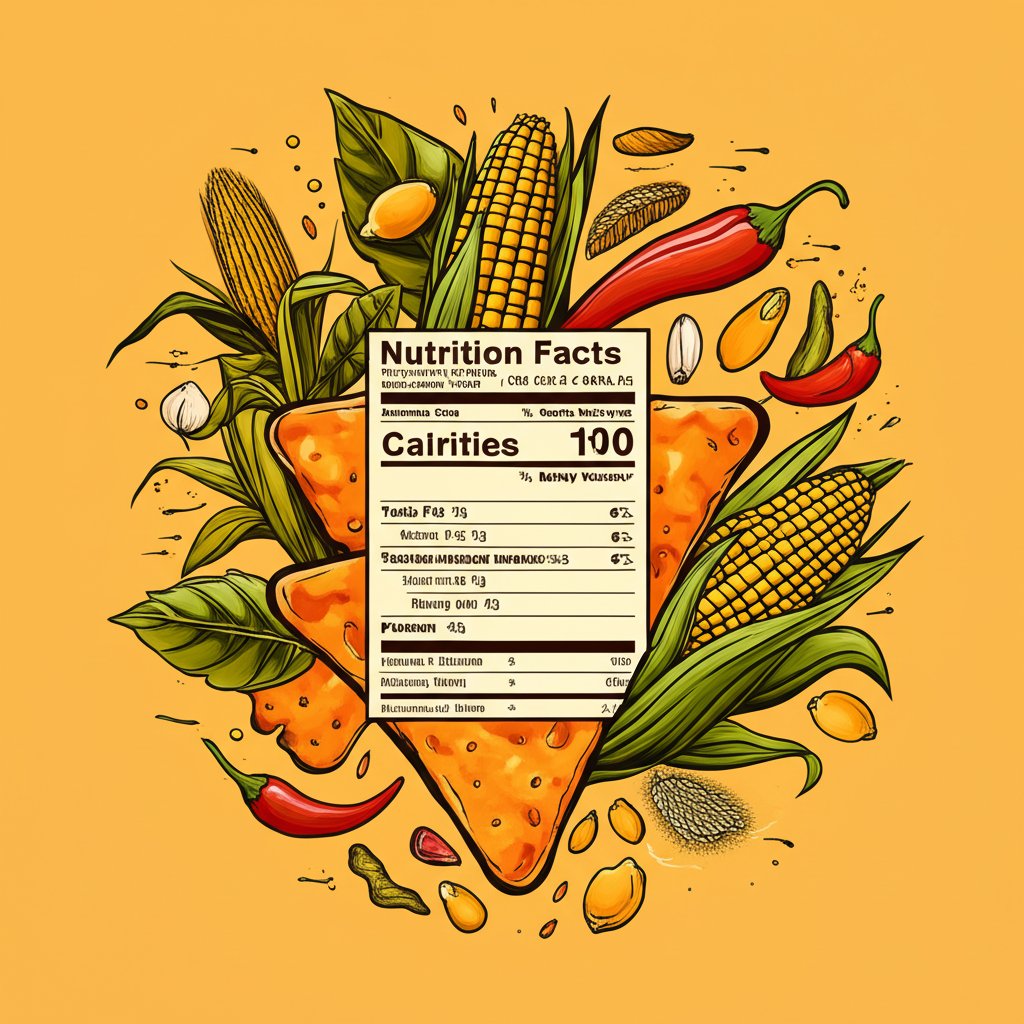Grabbing a bag of Doritos for a quick snack? Before you dive in, understanding the nutrition facts in doritos is key to making informed choices. That vibrant flavor comes with a nutritional profile that’s good to know, so you can enjoy them responsibly.
At a glance:
- One ounce (about 12 chips) packs around 140-150 calories, so portion control is important.
- Doritos are relatively high in fat and sodium, which should be considered if you’re monitoring your intake.
- Artificial colors and flavors contribute to the taste, but offer no nutritional value.
- Consider healthier snack options as your go-to, saving Doritos for occasional treats.
- Understanding the nutrition differences between flavors can help you make marginally better choices.
- Even though trans fat is often listed as zero, be aware of serving sizes due to labeling regulations.
Decoding the Doritos Label: A Step-by-Step Guide
Navigating the nutrition facts in doritos can seem daunting, but breaking it down element by element makes it manageable. Here’s what to focus on:
- Serving Size: This is critical! All the numbers on the label refer to one serving. Usually, it’s about 1 ounce (28 grams), which is roughly 12 chips. Exceeding that serving size means you’re also exceeding all the listed nutrients.
- Calories: Each serving contains roughly 140-150 calories. If you’re watching your weight or overall calorie intake, this number is paramount. Quickly multiplying in your head if you eat half the bag is a good way to keep a check on this number.
- Total Fat: A one-ounce serving will give you around 8 grams of fat. This includes:
- Saturated Fat: Usually around 1 gram. It’s better to keep this number low in your overall diet.
- Trans Fat: While listed as 0g, remember the loophole: under 0.5g per serving can be labeled as zero.
- Sodium: Doritos are known for their saltiness, and the nutrition label confirms it. A serving can have 180-250mg of sodium.
- Carbohydrates: Primarily from corn, a serving has about 18 grams of carbs, with approximately 1 gram as dietary fiber.
- Protein: Don’t count on Doritos for protein. A serving only offers about 2 grams
- Artificial Additives: The label won’t quantify these, but recognize they contribute to the flavor without providing any nutritional benefits.
The Calorie Density Factor: Why Portion Control Is Key
Doritos are calorie-dense, meaning they pack a lot of calories into a small volume. This makes it easy to overeat without feeling full. For a broader view on how different foods stack up and to put the nutrition facts in doritos in a larger perspective, Apple juice nutrition revealed offers a useful example of comparing processed foods.
Practical Tip: Don’t eat directly from the bag. Portion out a serving into a bowl to avoid mindless overeating.
Sodium Showdown: Doritos vs. Other Snacks
Doritos are undeniably high in sodium. Here’s how they compare to other common snack foods (per 1-ounce serving, approximate values):
| Snack | Sodium (mg) |
|---|---|
| Doritos | 180-250 |
| Potato Chips | 150-200 |
| Pretzels | 300-400 |
| Popcorn (air-popped) | 1-5 |
| Almonds (unsalted) | 0 |
| The Takeaway: If you’re watching your sodium intake, Doritos should be consumed in moderation or replaced with lower-sodium alternatives. |
Flavor Face-Off: Comparing Doritos Varieties

While the core nutritional profile is similar across Doritos flavors, subtle differences exist.
- Nacho Cheese: A classic flavor, generally high in sodium and saturated fat.
- Cool Ranch: Often contains slightly more sodium than Nacho Cheese.
- Spicy Sweet Chili: Can have a higher sugar content compared to other flavors.
Practical Advice: Check the label of your favorite flavor and compare it to others. Small, but noticeable differences can often be found.
The “Zero Trans Fat” Illusion: Decoding the Labeling Rules
As mentioned earlier, the FDA allows manufacturers to list trans fat as 0g if it’s below 0.5g per serving. While seemingly insignificant, these trace amounts can add up if you consume multiple servings.
Example: Eating three servings of Doritos could mean you’re consuming up to 1.5g of trans fat, even though the label says “0g.”
Best Practice: Minimize your intake of processed foods, including Doritos, to reduce your overall exposure to trans fats.
Making Informed Choices: Doritos in Your Diet
Doritos can be enjoyed as an occasional treat, but they shouldn’t be a dietary staple. Here’s a balanced approach:
- Portion Control: Stick to a single serving (about 12 chips).
- Pair with Nutrients: Combine Doritos with a healthier snack, such as carrot sticks or a small apple, to add some essential nutrients and fiber.
- Limit Frequency: Don’t make Doritos a daily habit. Aim for once a week or less.
- Read Labels: Always check the nutrition facts label to be aware of what you’re consuming.
- Consider Alternatives: Explore healthier snack options like air-popped popcorn, nuts, seeds, or whole-grain crackers.
Quick Answers: Doritos FAQs
Q: Are Doritos a good source of vitamins and minerals?
A: No. Doritos provide minimal amounts of vitamins and minerals. They are primarily a source of calories, fat, and sodium.
Q: Are Baked Doritos healthier than regular Doritos?
A: Baked Doritos generally have less fat and fewer calories than regular Doritos. However, they can still be high in sodium.
Q: Can I eat Doritos if I’m on a low-carb diet?
A: Doritos are relatively high in carbohydrates, so they are not suitable for strict low-carb diets.
Q: Are Doritos gluten-free?
A: While corn is gluten-free, some Doritos flavors may contain gluten-containing ingredients. Check the label carefully if you have gluten sensitivities.
Q: Do Doritos contain GMOs?
A: Yes. Doritos are made from corn, which is often genetically modified in the United States.
Your Doritos Playbook: A Quick Start
Okay, ready to get real about enjoying Doritos smartly? Here’s an actionable plan:
- Assess Your Current Consumption: How often do you eat Doritos? How many servings at a time? Honesty here is key.
- Set Realistic Limits: If you eat Doritos daily, aim to reduce it to every other day, then a few times a week, and so on.
- Identify Trigger Times: Do you crave Doritos when you’re stressed, bored, or watching TV? Find healthier alternatives for those times.
- Plan Your Portions: Pre-portion Doritos into baggies or containers to avoid overeating.
- Explore Healthy Swaps: Keep readily available healthier snacks that you actually enjoy. This is crucial for long-term success.
By understanding the nutrition facts in doritos, you can make informed decisions that align with your health goals. It’s not about deprivation, but about balance and awareness. A little knowledge goes a long way toward a healthier, happier you!
- How Glass Bento Box Containers Make Meal Prep Easier - December 18, 2025
- Why Glass Boxes for Lunch Are Trending for Meal Prep - December 17, 2025
- Bento Box Glass Offers Practical, Eco-Friendly Meal Storage - December 16, 2025










